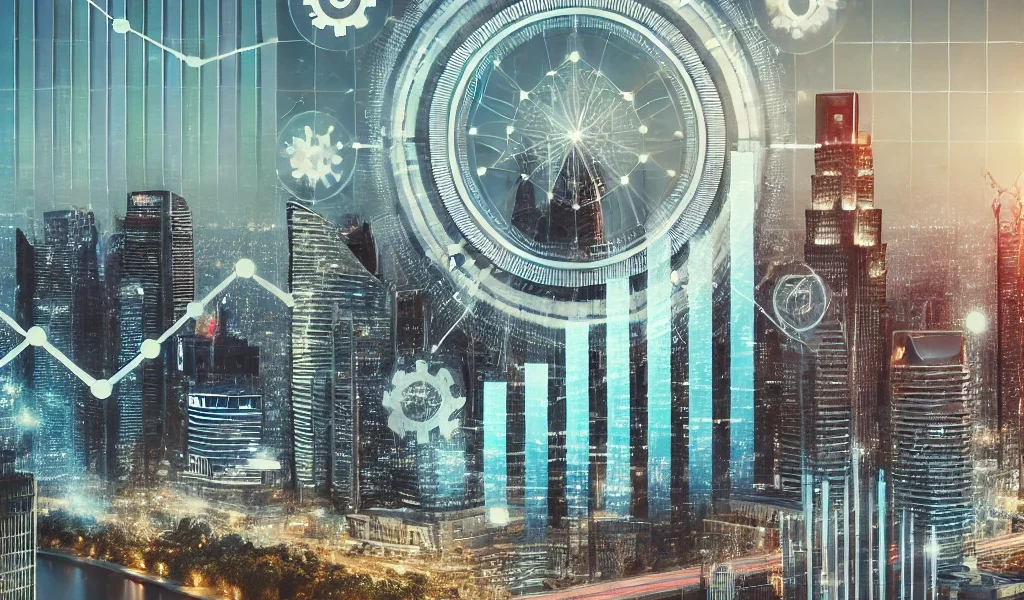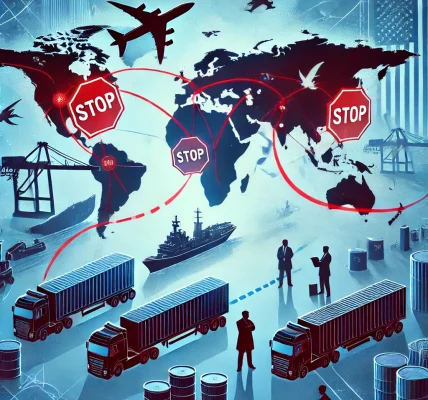Introduction
Governments play a crucial role in shaping the economic trajectory of a nation. Through fiscal policies, monetary strategies, regulatory frameworks, and trade policies, they influence economic growth, stability, and development. As we move into 2025, various government policies worldwide are expected to have significant impacts on business environments, employment rates, inflation, and global trade.
This article explores how key policies in taxation, trade, technology, and sustainability are influencing economic growth in 2025 and what businesses and consumers should expect.
1. Fiscal Policies: Taxation and Government Spending
Fiscal policies are a primary tool used by governments to manage economic growth. Taxation policies and government spending influence consumer spending, business investments, and overall economic health.
a) Tax Reforms and Their Impact
- Governments are implementing progressive tax reforms to boost economic activity.
- Lower corporate tax rates encourage business expansion and job creation.
- Increased taxation on high-income groups funds public welfare programs.
- Incentives for startups and small businesses to foster innovation and entrepreneurship.
b) Government Spending Priorities
- Increased investment in infrastructure, including roads, digital networks, and energy.
- Higher spending on healthcare and education to enhance workforce productivity.
- Support for research and development (R&D) in technology and green energy.
Impact: Higher public investment can stimulate demand, increase employment, and create long-term economic benefits.
2. Monetary Policies: Interest Rates and Inflation Control
Central banks use monetary policies to regulate inflation, stabilize currency values, and promote economic growth.
a) Interest Rate Adjustments
- In response to global economic trends, central banks may adjust interest rates.
- Lower interest rates boost borrowing and investments but can fuel inflation.
- Higher interest rates help control inflation but may slow down economic growth.
b) Inflation Targeting
- Governments aim to maintain inflation within an optimal range (usually 2-3%).
- Rising prices of essential goods may lead to tighter monetary policies.
- Wage growth policies are implemented to counteract inflationary pressures.
Impact: Stable inflation encourages investment confidence and protects consumer purchasing power.
3. Trade Policies: Globalization vs. Protectionism
Trade policies significantly impact economic growth by influencing exports, imports, and foreign investments.
a) Free Trade Agreements (FTAs) and Economic Alliances
- Governments are negotiating FTAs to boost cross-border trade and economic integration.
- Reduced tariffs and trade barriers help businesses expand to international markets.
- Enhanced global supply chains and diversified trade partners lead to economic stability.
b) Protectionist Policies and Trade Barriers
- Some nations are adopting protectionist policies to support domestic industries.
- Tariffs and import restrictions may lead to trade conflicts and reduced global commerce.
- Local production incentives (e.g., “Made in [Country]” initiatives) boost domestic job creation.
Impact: Balanced trade policies encourage economic expansion while ensuring fair competition.
4. Technological Innovation and Digital Economy Policies
Technology is a key driver of economic growth, and governments are enacting policies to support digital transformation.
a) AI and Automation Regulations
- AI-driven industries receive government funding for research and workforce upskilling.
- Ethical AI policies ensure fair employment opportunities and prevent job displacement.
b) Data Protection and Cybersecurity Laws
- Stronger data privacy regulations to protect consumers and businesses.
- Investments in cybersecurity to safeguard financial systems from cyber threats.
c) Digital Infrastructure Development
- Expansion of 5G networks and high-speed internet access.
- Support for tech startups and innovation hubs to foster digital entrepreneurship.
Impact: A well-regulated digital economy promotes innovation, job creation, and global competitiveness.
5. Sustainability and Green Economy Policies
Sustainable economic growth is a top priority in 2025, with governments enforcing green policies to combat climate change and promote environmentally friendly industries.
a) Renewable Energy Investments
- Governments are funding solar, wind, and hydroelectric energy projects.
- Tax incentives for companies adopting sustainable practices.
b) Carbon Emission Regulations
- Stricter policies on industrial pollution and carbon emissions.
- Carbon credit trading systems to encourage greener business operations.
c) Circular Economy and Waste Reduction Policies
- Promoting recycling, waste management, and eco-friendly packaging.
- Incentivizing sustainable supply chain management.
Impact: Green policies drive long-term economic sustainability and attract eco-conscious investors.
Challenges and Risks Associated with Government Policies
While policies are designed to foster economic growth, they also come with potential risks and challenges:
- Policy Uncertainty: Sudden changes in taxation, trade regulations, or interest rates can disrupt business planning.
- Budget Deficits: Excessive government spending without sufficient revenue generation may lead to national debt issues.
- Regulatory Overreach: Overregulation in some sectors may stifle innovation and entrepreneurship.
- Global Economic Conditions: International events, such as geopolitical conflicts or economic downturns, may impact policy effectiveness.
Governments need to strike a balance between regulation, economic stimulus, and business-friendly policies to ensure sustained growth.
Conclusion
Government policies play a defining role in shaping economic growth, influencing everything from taxation and trade to technology and sustainability. In 2025, proactive fiscal measures, stable monetary policies, and innovation-friendly regulations are expected to drive global economic progress.
For businesses and individuals, staying informed about these policies can help in strategic decision-making and financial planning. As governments navigate the complex global landscape, their ability to adapt policies to changing economic conditions will determine the pace and direction of future economic growth.
Disclaimer
This article is for informational purposes only and does not constitute financial, legal, or investment advice. Government policies and economic conditions are subject to change, and readers should consult professionals before making financial decisions.




